How to Create an Effective Sales Process: The 4 Building Blocks
What Is A Sales Process and Why Do We Need It At All?
An effective sales process is a set of best practices which are implemented in order for sales teams to qualify, support and most importantly lead the customer buying journey. As this structured approach is repeatable, it allows you to scale it across your entire sales organization to achieve a more predictable outcome.
A sales process combines customer interactions, qualification items and milestones with measurable outcomes that can be integrated into reports for higher management.
It will have defined gates which either trigger next steps or halt the process if the verified outcomes cannot be accomplished. This structured approach will guide less experienced salespeople and help them match up with your top performers in order to boost the productivity of your entire team.
There is, however, a caveat. An effective sales process should be flexible enough to adapt to the given circumstances in the buying process as well as to the different cultures and personalities represented in the sales team. If the sales process is too rigid, it will put people off. On the other hand, best practices risk being lost if it is too lax, jeopardizing the effectiveness of the sales process.
So, how does one create an effective sales process? The answer lies in making these 4 building blocks the foundation of your sales process. They are:
1. Stages
This is a very common way to approach the sales funnel. The number of stages defined in a sales cycle varies depending on its length and complexity.
- Short sales processes with short demand fulfillment: 2-3 stages
- Long sales processes with lengthy decision making and implantation: 10-12 stages
After defining the stages, there are certain pieces of information which must be gathered based on the complexity of your sales process. This also includes action items, people whom you need to meet and convince, contracts which have to be negotiated and closed. This brings us to building block number 2 – Qualification Items.
2. Qualification Items
This step is all about gathering information and qualifying them.
These are basically answers to the questions regarding people, their needs, decision criteria for signing off on the project, financials and scope. Whether you follow a sales qualification methodology (MEDDICC, MEDDPICC, The Challenger Sale etc.) or not, you need to have qualification items in your sales process as they give insights into if and how you can win that deal.
Here are some examples of qualification items regarding people, product fit and competition.
People:
- Do they have to do anything?
- Is there somebody who owns the identified pain?
- Who else is involved in the decision making process? What are their pain points?
Product fit:
- Does your product solve an issue in the environment the client operates in?
Competition:
- Are they formally evaluating other competitors?
- Why should they choose you over your competitors? (Your unique selling proposition)
Other Qualification Items:
- Is there a formal project to purchase?
- How much budget is allocated?
- What is legal compliance like?
3. Activities and Milestones
Activities and Milestones refer to customer interactions which create opportunities to exchange information and trigger next steps. These include conducting demos, decision meetings with the Economic Buyer, Proof of value events such POCs or a Process Audit.
These are crucial checkpoints to align the customer buying process with your sales campaign.
A meeting with the Economic Buyer or a conducting a POC presentation for the stakeholders can be major cornerstones of establishing a common understanding among all parties in order to progress to the next step and close your deal.
4. Gates
Sometimes, these activities and qualification items can also function as gates.
Gates have certain criteria that need to be met before the opportunity can progress to the next stage of the sales process. Gates act as funnels which help filter out opportunities that are not suitable to pursue so that resources can be allocated to the ones that meet the criteria for success. In addition, gates can either be classified as hard gates or soft gates. Hard gates are mandatory and should not be bypassed without the approval of senior management. On the other hand, soft gates act as a warning to alert the team if there is a risk of having incomplete milestones and activities.
In general, best practices call for a minimum of 2 major gates:
- Gate 1: Is there an opportunity?
- Gate 2: Go or NO GO
Gate 1: Is there an opportunity?
Before passing Gate 1, several discovery meetings or calls would typically already have taken place. These discovery calls should answer the qualification items we mentioned before.
Some companies have dedicated sessions with the customer to confirm the problem, quantify it and define potential next steps. Others decide internally if they see an opportunity.
At this gate, the campaign receives a formal “opportunity” status. Depending on the naming in the sales CRM, “leads” get converted to “opportunities” or the sales process advances from stage 0 to stage 1.
After an opportunity passes Gate 1, the next steps defined in the sales process usually revolve around scoping and finding metrics that would potentially justify an investment. It also includes identifying the consequence of not addressing the pain and meeting people in the decision-making process to uncover their criteria for making a decision.
Since companies would have a good understanding of the benefits offered by their solutions, now would be a good time to get deep and wide into your prospect’s organization to build an understanding of how your solution would fit with their decision criteria.
Many opportunities stall at this point because there is often no clear consensus. In addition, budgets are tight and different parties may have different criteria. Hence, clients may ask for more proof of the concept, a bulletproof ROI or reference visits to be absolutely certain before they ask for a budget from the decision makers.
This is when Gate 2 comes in: The GO/NO GO
Before you allocate your resources to proof of value exercises or overuse your precious reference clients, you must ask for a meeting with the ultimate decision maker, otherwise known as the Economic Buyer, to shed some light on the ultimate goal of the project, its priorities and funding.
During this meeting, you can present what you have discovered so far to the deciding management who has the discretionary right to spend. Only upon their approval and commitment can the opportunity move to the next stage to finally prove its value, and negotiate to finalize the deal.
For many sales teams, complying and sticking to Gate 2 is is the most difficult yet rewarding step in successfully closing the deal. It’s challenging because many sales teams fear upsetting the people they have worked with so far or hearing the a “No” from the ultimate decision maker. However, it’s also the most rewarding as you know that the deal is pretty much sealed if you hear a “Yes”. (Read more on the Economic Buyer)
Gate 2 is also the most well received by all sales supporting parties like technical resources, legal, finance, business managers etc.., as they can now allocate resources “real” opportunities, and therefore dedicate more time and energy to prove that their solutions fit a CFO bulletproof ROI and negotiate a contract.
Bringing the 4 Building Blocks Together to Create a Sales Process
What’s the best way to combine stages, qualifiers, milestones, activities and gates into one sales process?
Depending on the type of your business, it might look different in complexity and density.
Here is an example of a classic B2B enterprise sales cycle, which lasts for 3-4 months with a deal size of around 100K.
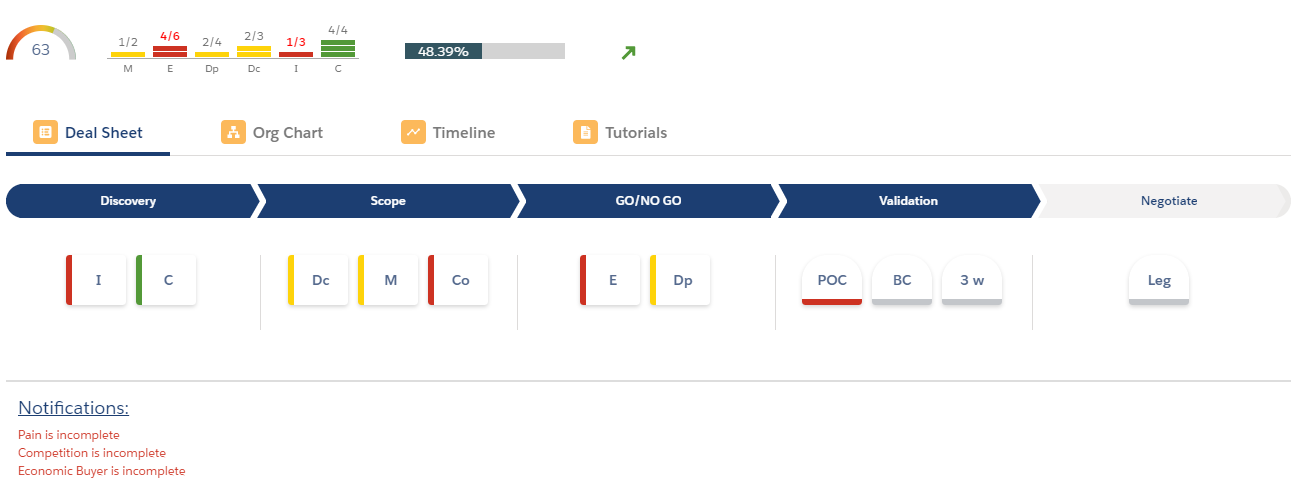
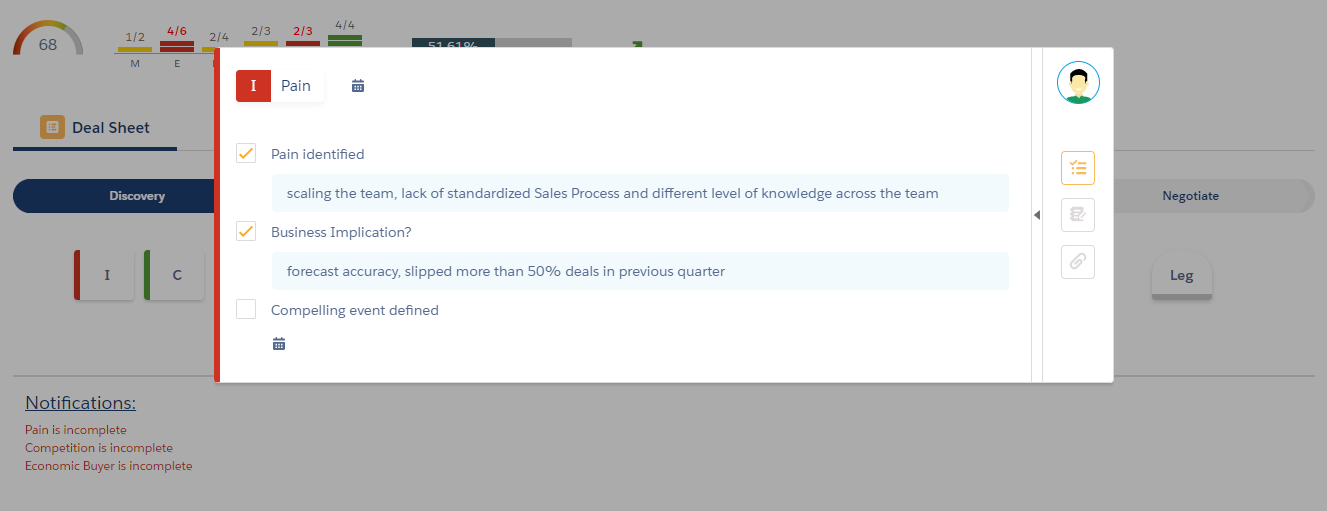
In this sales process visualized with the iSEEit Opportunity Management Tool, qualification items and milestones are mapped to the various stages. As a best practice, activities and milestones which need to be met before moving on to the next stage are defined.
As we have shared earlier, some of these activities and milestones can be defined as hard gates and soft gates.
Here are some lessons we have learned from hundreds of clients:
“Less is more!”
When our clients first designed their sales process, they included every step and qualification item, which created a sales process which was too granular and rigid. This allowed almost no flexibility to “show/address” real life situations.
There are 2 issues:
- Sales professionals who are not able or willing to adhere to rigid processes.
- Clients who have different buying cycles and feel dragged into a take it or leave it sales automation process.
It is crucial to understand what the essential qualification criteria and milestones that make or break a deal are and start the sales process from there. Pick the soft and hard gates wisely to allow for flexibility but enough guidance at the same time.
“Get buy-in from sales leaders”
When you implement such a sales process, there will always be questions around the what and how. A solid training and explanation of the sales process is vital for the initial buy-in. However, the eventual success is ultimately determined by first-line sales leaders. If they buy into the sales process, live it and incorporate it into their deal review and forecast sessions, the salespeople will naturally adapt. This can be accomplished by training these first-line managers upfront. Teach them how to use this process to qualify and train their people.
Get senior sales management and executives to sponsor this effort by integrating an aggregated view of the sales process’ ingredients into their sales and forecast reports.

An aggregated view of all opportunities using the iSEEit Opportunity Management Tool
Conclusion
In conclusion, building an effective sales process will bring structure to your sales campaign and help your sales team determine which deals are worth pursuing. By making sure that your sales process is built on the 4 building blocks mentioned earlier, you’ll be able to close your deals with confidence.
Get your FREE guide to building an effective sales process

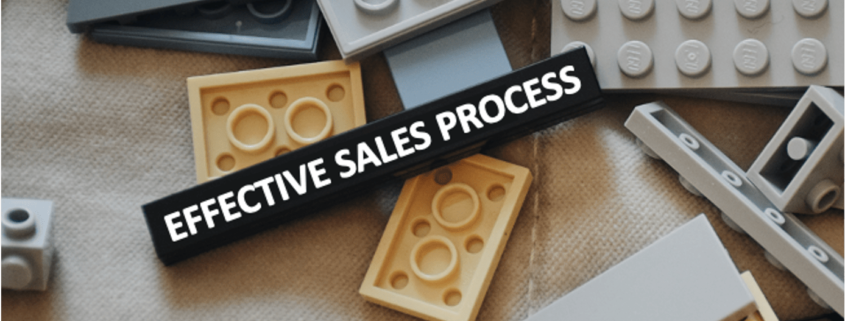

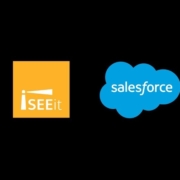
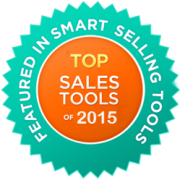








Nice content and tips that every business owners can follow through.
Hi
I Believe Each and Every Lead is Important. And it is very interesting to know that out of 10 leads, you close 5 leads rest 5 leads will get close in the next phrase because by default the follow-up is on & Sales will happen one day.
What is your thought?
Regards
Akshat